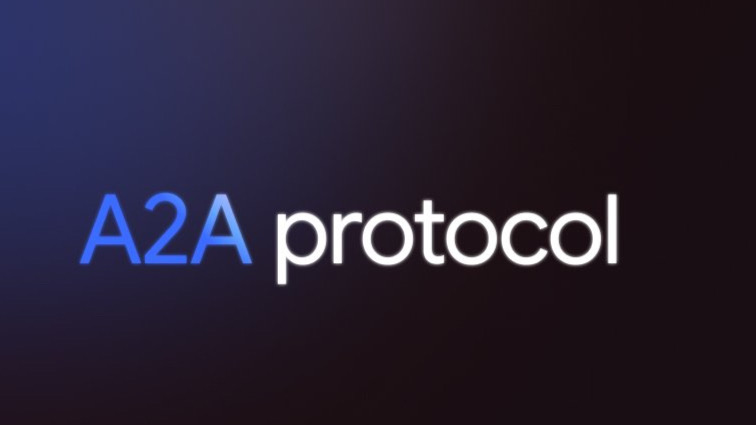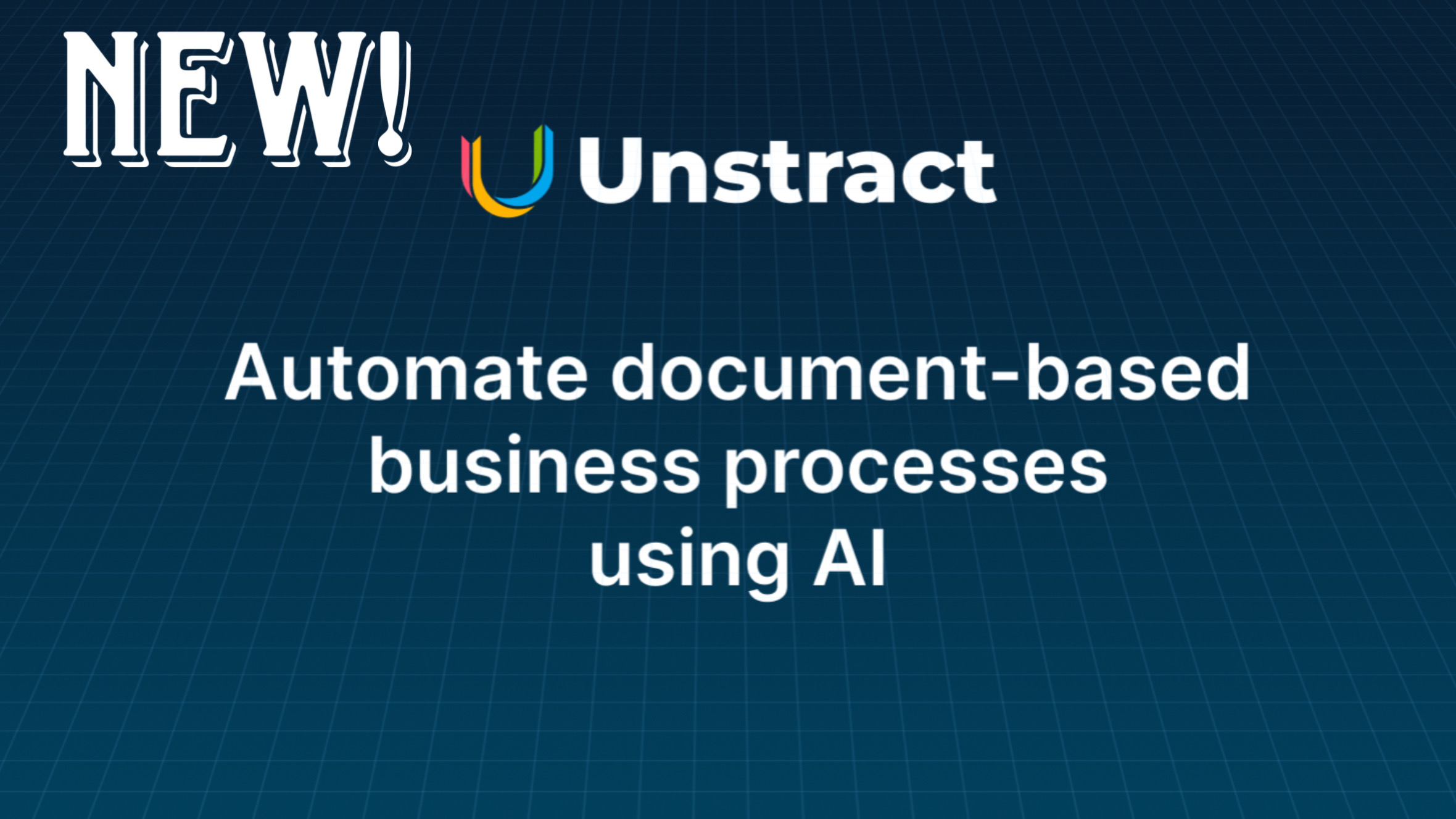Get ready for a paradigm shift in the world of AI! Google has just unveiled A2A (Agent-to-Agent) Protocol, a groundbreaking technology poised to revolutionize how AI agents communicate and collaborate. Imagine a world where AI applications, regardless of their underlying framework – be it Langchain, Crew AI, Google’s ADK, or even your own custom creations – can seamlessly interact and work together. That future is now within reach.
At its core, A2A is a shared protocol built on the ubiquitous HTTP, making it incredibly versatile and accessible. This isn’t just another incremental update; it’s a fundamental building block that promises to unlock mind-blowing applications and implementations. Think of the possibilities as A2A gains traction, much like the anticipation surrounding MCP.
The beauty of A2A lies in its collaborative nature. It doesn’t seek to replace existing technologies like MCP; instead, it’s designed to work in tandem, allowing developers to build even more powerful and sophisticated AI systems by leveraging the strengths of both.
How A2A Works: A Glimpse into the Future of AI Collaboration
Let’s break down how this exciting new protocol functions, drawing inspiration from Google’s official demo:
- The Task Initiator: The Remote Agent: Your request is initially handled by a designated agent, the “remote agent.” Its primary function is to understand your task and then intelligently seek out other specialized agents to delegate parts of the work.
- The Power of Connection: The A2A Protocol: This is where A2A truly shines. It provides the standardized communication channel that allows the remote agent to interact smoothly and efficiently with other AI agents.
- Defining Capabilities: The Agent Card: What makes this collaboration so effective? Every A2A-enabled agent possesses an agent card. Think of this as a digital profile that meticulously describes the agent’s abilities, the tools it has access to, and how it can be utilized.
- Intelligent Task Delegation: The remote agent, upon receiving your task, examines the agent cards of other available agents. By understanding their capabilities, it can intelligently select the agent best suited to handle specific sub-tasks.
- Building Multi-Agent Workflows: The chosen agent can then, in turn, pass on further sub-tasks to other specialized agents, creating a chain reaction of collaboration. This forms a sophisticated multi-agent workflow, where complex tasks are broken down and efficiently handled by the most capable agents.
A Practical Example: Hiring a Software Engineer with A2A
Google’s demo provides a compelling real-world application: automating the entire software engineer hiring process. Here’s how A2A facilitates this:
- Initiation: The hiring process begins, triggering the A2A protocol.
- Agent Discovery: The system examines agent cards to find a “sourcing agent” capable of identifying potential candidates.
- Constraint-Driven Search: Additional constraints, such as specific skills and experience, can be provided to the sourcing agent to refine the candidate search.
- Candidate Identification: The sourcing agent, leveraging its tools and knowledge, identifies a pool of suitable candidates.
- Automated Follow-Up: Later in the process, the A2A protocol can be used again to engage other agents for tasks like gathering interview updates and performing background checks on selected candidates.
The crucial takeaway is that this entire, complex process isn’t handled by a single, monolithic AI. Instead, A2A enables a team of specialized agents to work in concert, each contributing its unique capabilities through a unified communication protocol.
A2A and MCP: A Powerful Partnership
It’s essential to understand that A2A isn’t intended to replace MCP (likely referring to a Model Control Plane or similar internal Google framework). Instead, Google has explicitly stated that they are designed to work together. Think of it this way:
- MCP: The Skilled Individual: Imagine MCP as a highly skilled repairman. It possesses the core knowledge and tools (specific data access and functionalities) to perform tasks, like fixing a car with its screwdriver.
- A2A: The Collaborative Network: Now, this repairman often needs to interact with others. He might need to talk to clients to understand their issues or borrow specialized parts from another mechanic. This is where A2A comes in. It allows AI agents (which could even be separate MCP instances acting as independent entities) to communicate effectively, share resources, and request assistance when needed.
The agent card is the linchpin of this interaction. It clearly defines what each agent is capable of, enabling structured and efficient communication within the A2A network.
The Agent Card: The Key to Seamless Interaction
The agent card’s structure is meticulously defined, containing critical information such as:
- Version and Name: Identifying the specific agent.
- Description and Intended Use: Clearly outlining the agent’s purpose.
- Skills: Detailing the core capabilities the agent can perform.
- Default Content Type: Specifying the type of data the agent primarily handles.
- Parameters: Describing the input the agent requires to perform its tasks.
- Authentication Details (if required): Specifying any necessary credentials for access.
When an LLM or another agent seeks to utilize an A2A agent, it first consults the agent card. This information dictates whether the agent is suitable for the task and how to interact with it correctly. The accuracy of these agent cards is paramount for the entire A2A ecosystem to function effectively.
Getting Started with A2A: Practical Examples
Google’s documentation provides practical examples of agent cards and methods for sending tasks and receiving responses. One such example illustrates a Google Maps agent, detailing its capabilities (like providing directions), its URL, provider information, and required authentication. It also shows the specific format for sending a task to this agent.
For developers eager to dive in, the documentation can be easily integrated with tools like Cursor’s @docs feature, allowing for intelligent code generation based on the A2A specifications.
Sample Agents in the GitHub Repository
The official GitHub repository includes sample A2A agents built using various frameworks. One example showcases a simple image generation agent built with Crew AI that leverages the Google Gemini API. This demonstrates how easily existing AI frameworks can be adapted to utilize the A2A protocol.
Getting started involves cloning the repository and running a straightforward setup process. The demo illustrates a client interacting with an A2A server, which then passes the image generation request to the Crew AI agent. The generated image is then seamlessly returned to the client, showcasing the power of cross-framework communication.
The Future is Collaborative: The Potential of A2A
While still in its early stages, A2A holds immense potential to transform the AI landscape. Just as MCP saw gradual adoption before its widespread use, A2A is expected to follow a similar trajectory. As more developers begin to build upon this protocol, AI agents will become significantly more powerful and capable of automating increasingly complex workflows, fundamentally changing how we interact with AI in our daily lives.
If you’re excited about the future of AI collaboration, be sure to subscribe for more updates and insights into groundbreaking technologies like A2A. The era of interconnected and collaborative AI agents is just beginning, and it promises to be nothing short of revolutionary.



